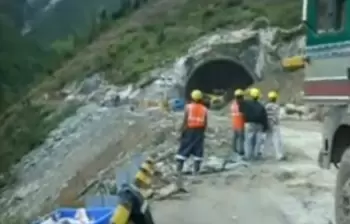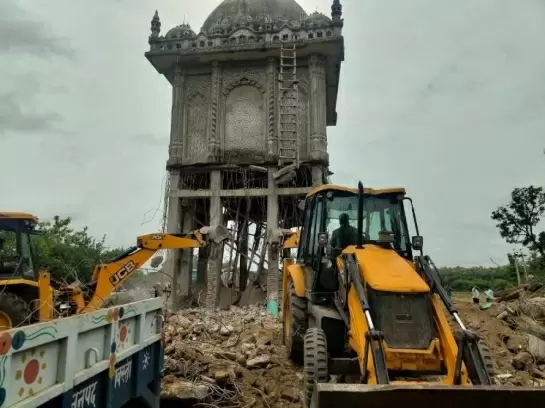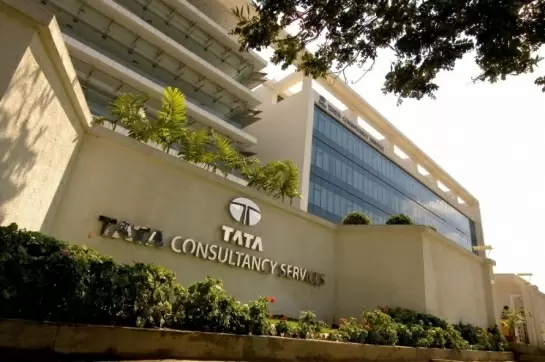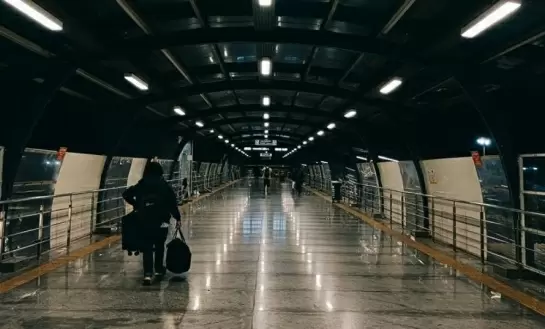Closing of Rohtang Pass during winter will be a thing of the past, soon
30-March-2012
Vol 3 | Issue 13
It will not only provide all-weather connectivity but also protect from calamities. The engineering marvel that is the Rohtang tunnel, being built under the 3,978 m Rohtang Pass in the Himalayas, will literally divert avalanches using snow galleries.
The 14-km stretch before and after the 8.8-km horseshoe-shaped tunnel, considered India's most strategically important infrastructure project, has as many as 13 avalanche-prone stretches.
 |
|
Work on the project is progressing day and night in sub-zero conditions to meet the February 2015 deadline
|
Using ingenuity and technical dexterity, Indian and European engineers have designed snow galleries, or concrete roofs covering the roads, that will divert avalanches and keep motorists safe.
"These anti-avalanche structures will greatly reduce the risk of traversing the route and make the highway all weather till the mouth of the tunnel," said Border Roads Organisation (BRO) Chief Engineer (Project Rohtang), P.K. Mahajan.
The ambitious project is aimed at ensuring all-weather connectivity to Keylong in Himachal Pradesh's Lahaul and Spiti district.
Most of the avalanche-prone areas are located on the south portal towards Dhundi, 25 km from here, said Mahajan. At a couple of points on the route, avalanches occur every year.
The snow galleries would allow avalanches to pass overhead without affecting the traffic inside, Mahajan added.
The Snow and Avalanche Study Establishment (SASA), based in Chandigarh, has designed mechanical structures to counter avalanches in the area that remains under snow even during peak summer.
Officials of SASA, a Defence Research and Development Organisation laboratory, said the snow galleries have been designed after studying local dynamics of avalanches like velocity and force. It's the first time that SASA has designed snow galleries.
He said the length of the gallery varies from 100 m to 130 m and would be constructed at altitudes ranging between 3,053 m and 3,080 m.
"Work on one gallery is on; others will start soon. Sensors would be installed at 13 points on the road to monitor the behaviour of the snow round the year," he added.
The Rs.1,495-crore project is being built by the BRO, an inter-services organisation under the defence ministry, in collaboration with Strabag-Afcons, a joint venture between India's Afcons Infrastructure Ltd and Strabag SE of Austria.
Over 350 BRO men and 24 experts from Germany and Austria have been working day and night to excavate the tunnel despite continuous sub-zero conditions to meet the February 2015 deadline. Of the 8.8 km-long horseshoe-shaped tunnel - 1,880 m from the south portal and 755 m from the north portal - about 2.5 km has been dug since work commenced in June 2010.
The Cabinet Committee on Security cleared the Rohtang tunnel project in September 2009. The foundation stone was laid by Congress president Sonia Gandhi June 28, 2010.
Once ready, the tunnel will be a boon for the cold deserts of Lahaul Valley, where over 20,000 people remain cut off from the rest of the country in winters owing to the closure of the Rohtang Pass. - IANS















